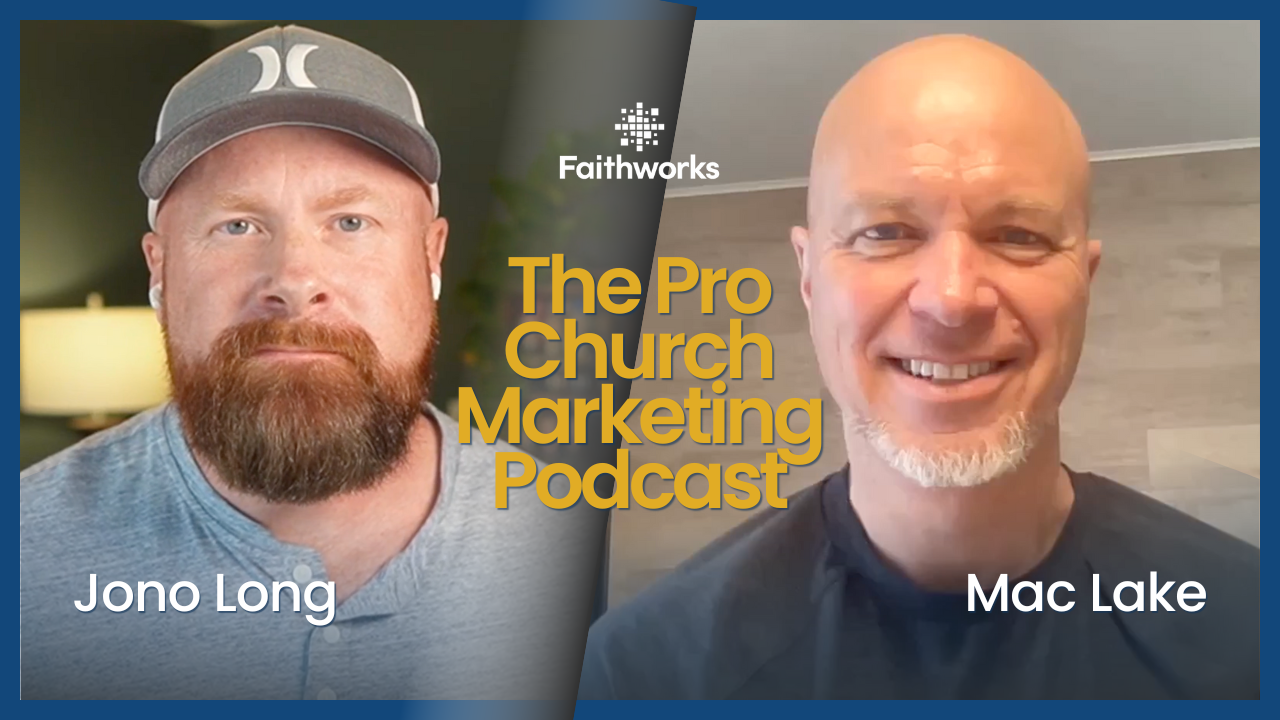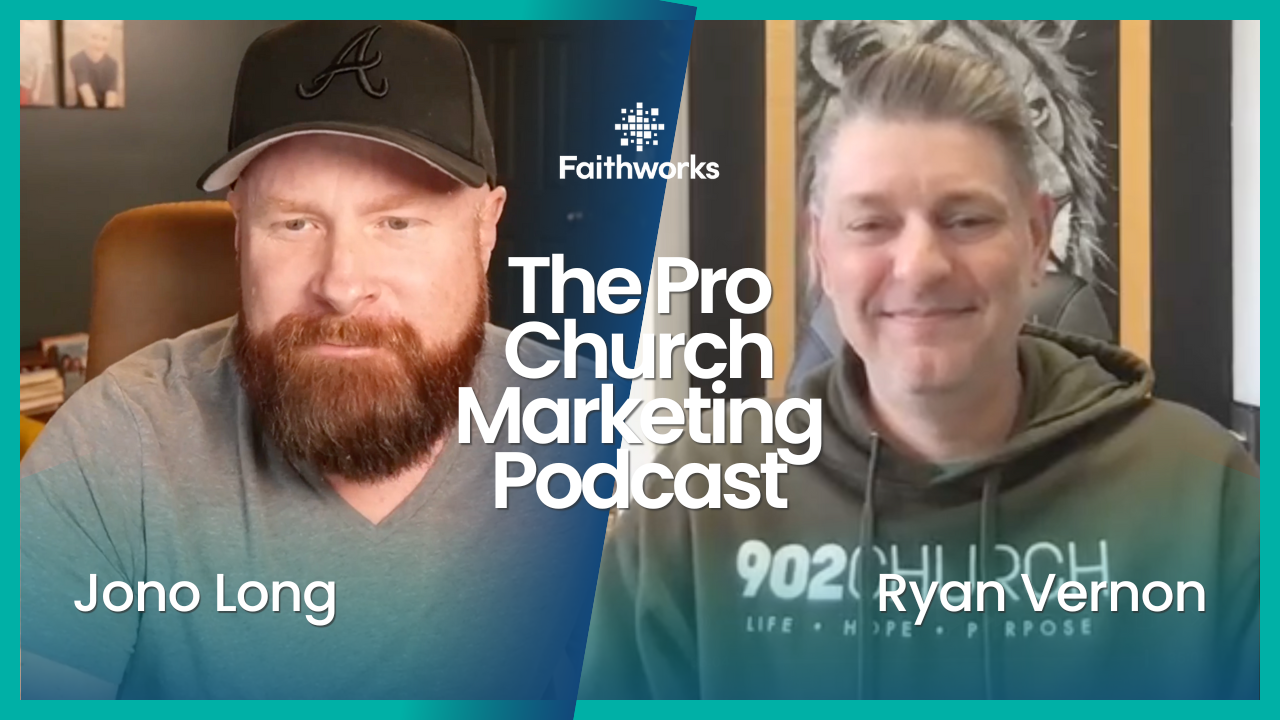Essential Elements to Ensure Your Website’s Success
The disciples traveled by foot in the early church to spread God's word. It was challenging and often dangerous, as they had to contend with harsh weather, difficult terrain, and hostile people. However, they persevered in their mission, and as a result, the gospel spread worldwide.
Today, we are fortunate to have many ways to spread the gospel, including the internet, television, and radio. However, we must never forget that the early disciples paid a great price to bring the good news of Jesus Christ to the world.
A church's website is an essential communication tool to reach out to the community. It is an excellent way to connect with potential new members and keep existing members informed about upcoming events and news.
Your church's website is one of the most critical tools in your digital marketing arsenal. Not only does it serve as a hub for information about your church, but it is also a crucial component of your SEO strategy. Here are a few critical elements to its success.
Mobile Responsiveness
If your church's website is not responsive to mobile devices, you could miss out on vital SEO opportunities. Nowadays, more and more people are using their mobile devices to access the internet. It means that if your church's website is not responsive, you could miss out on many potential visitors.
Moreover, Google has now introduced a new algorithm that considers mobile-friendliness when ranking websites. It means that if your church's website is not responsive, it could be pushed down the search results, making it harder for people to find. So, if you want to make sure your church's website is as visible as possible and to make the most of the SEO opportunities available, it is essential to make sure it is responsive to mobile devices.
Guest-First Focus
As a church, you want to ensure that your website reaches your target audience. Prioritizing your audience is critical when creating and maintaining a church website. By understanding your audience, you can better design your website to meet their needs. Your church website should be designed with your target audience in mind.
- Who are you trying to reach with your website?
- What are their needs?
- What are their interests?
By understanding your audience, you can better design your website to meet their needs. There are a few things to keep in mind when prioritizing your audience:
1. Know your target audience.
2. Understand their needs.
3. Design your website with their needs in mind.
4. Keep your target audience in mind when making changes to your website.
5. Test your website with your target audience to ensure it meets their needs.
Simple Navigation
It is no secret that first impressions matter, especially regarding your church's website. In today's digital age, your website is often the first point of contact between your church and potential new members.
That is why ensuring your church's website is easy to navigate is vital. An easy-to-use website will help create a great online experience for all users, regardless of their level of tech-savvy. Here are a few tips to make your church's website more user-friendly:
1. Use clear and concise text.
2. Use easy-to-understand navigation labels.
3. Use images and videos to break up text and add visual interest.
4. Use whitespace to create a more open and airy design.
Conclusion
For various reasons, a church's website is vital to connect with its congregation. It can act as a hub for information about upcoming events and church news, as well as a way to communicate with other church community members. Additionally, a church website can be a valuable tool for outreach, providing information about the church to those who may not be familiar with it.
If you want to design your church's website to meet the SEO requirements, you should tap into the expertise of Faithworks Marketing. We will be your partner in spreading God's words so that you will be an effective shepherd of his flock. Contact us now for more details.

Latest Posts




© 2025 All Rights Reserved | Faithworks Marketing







